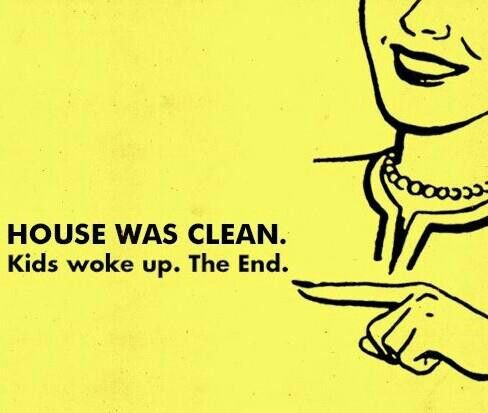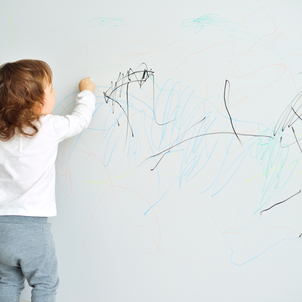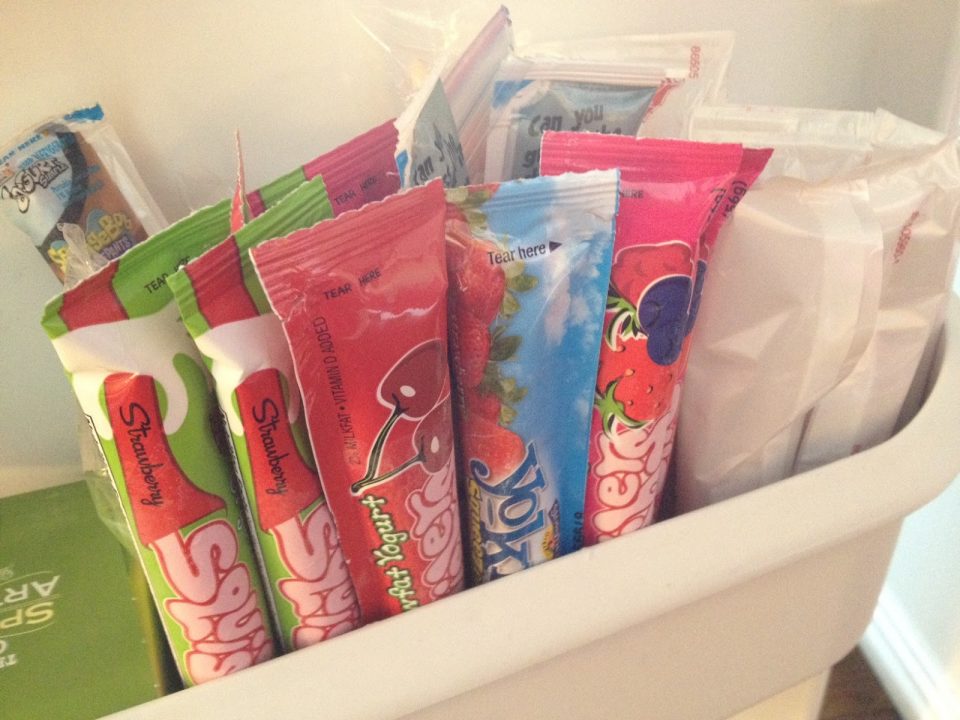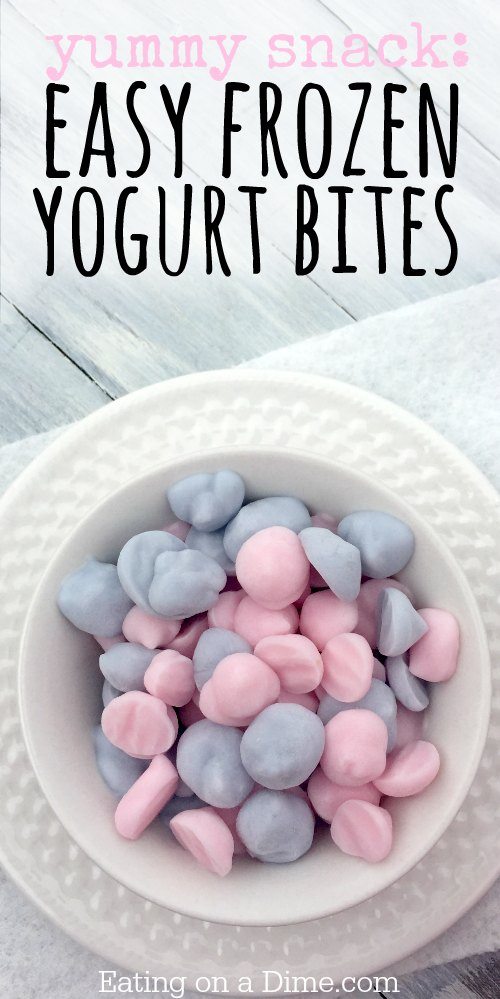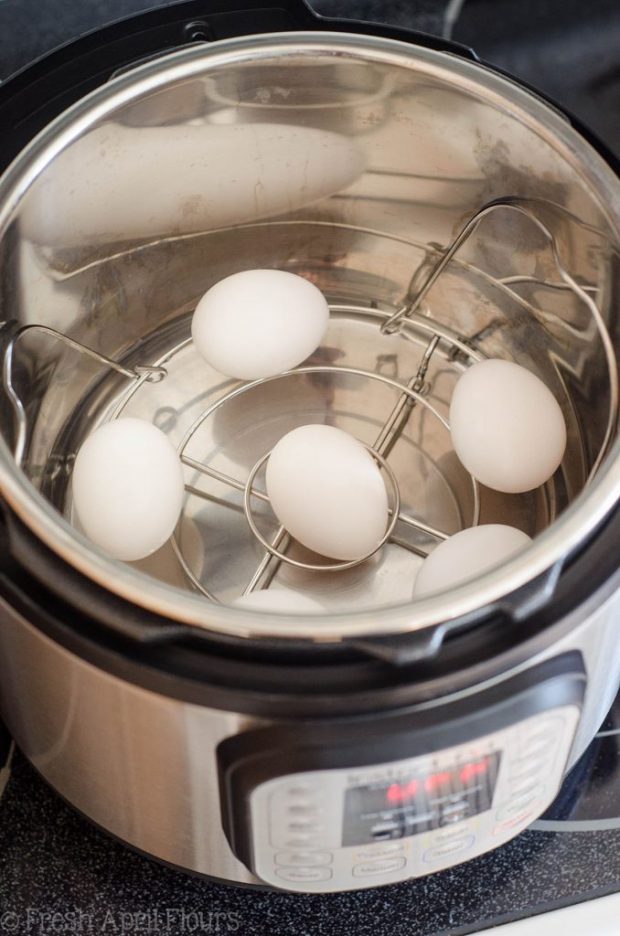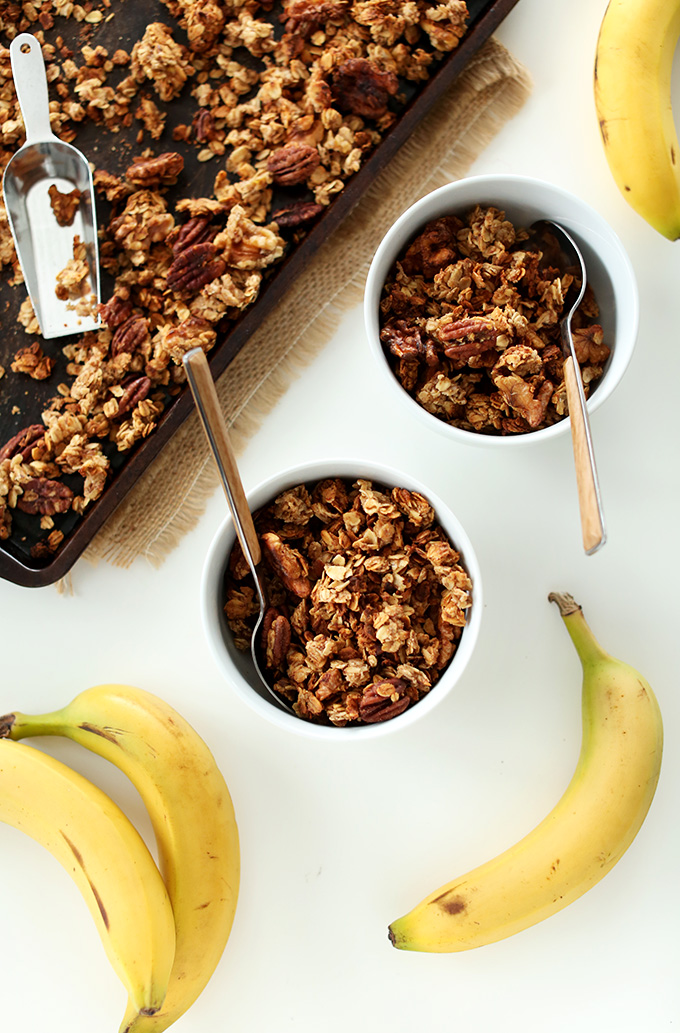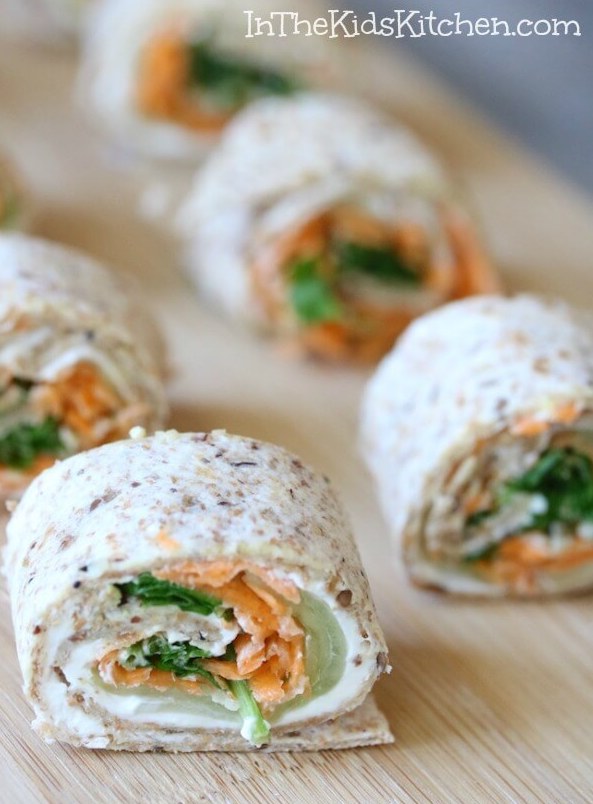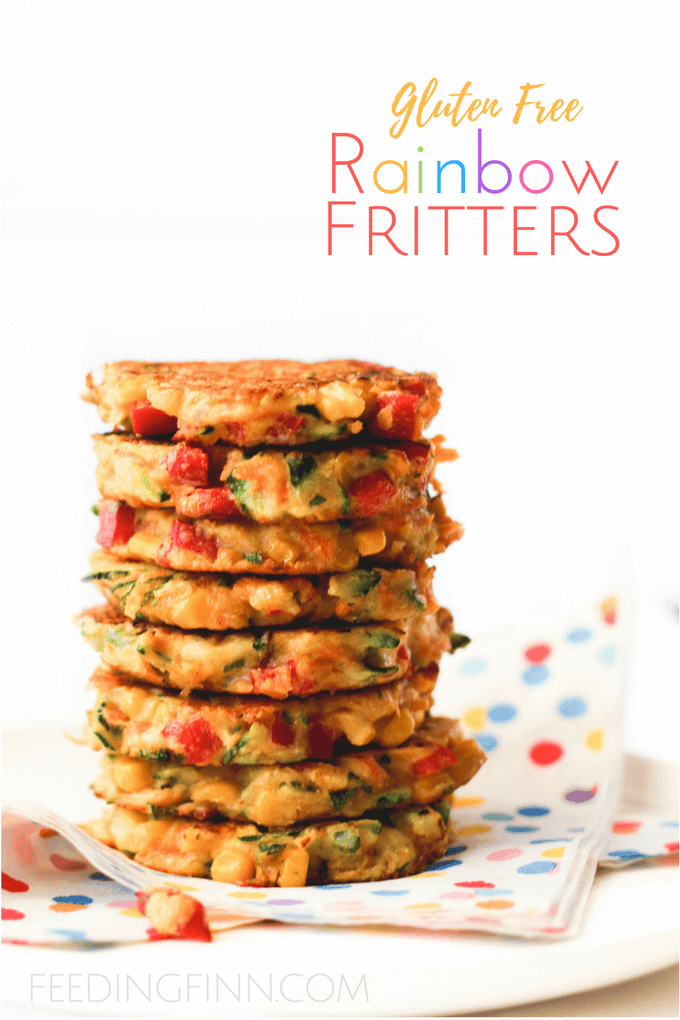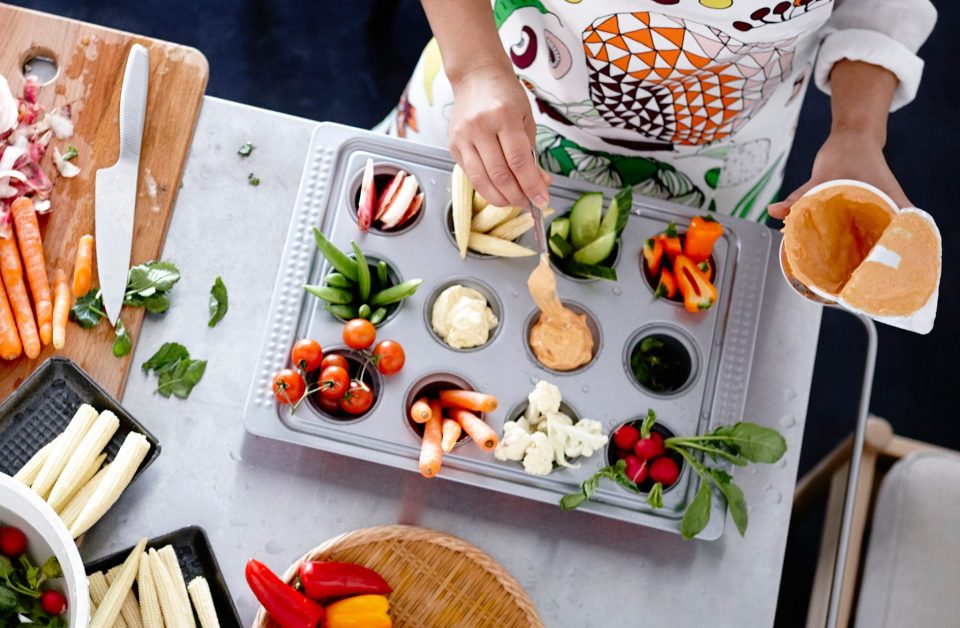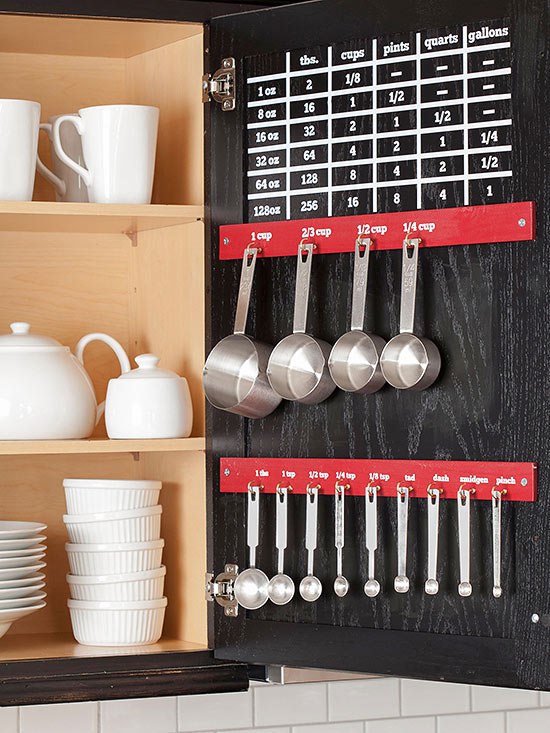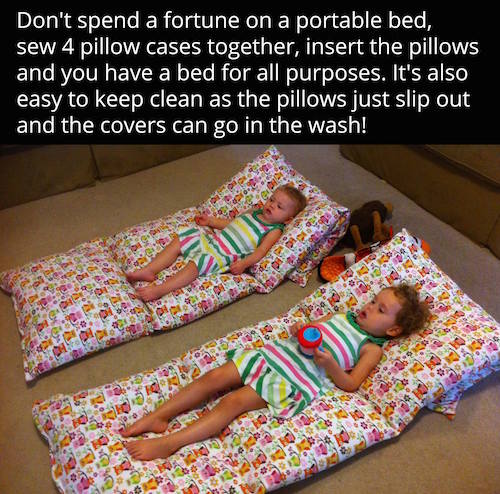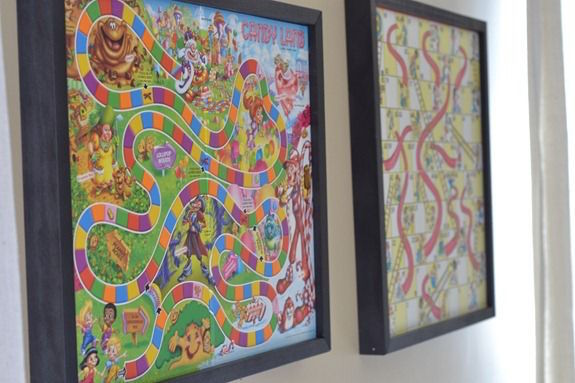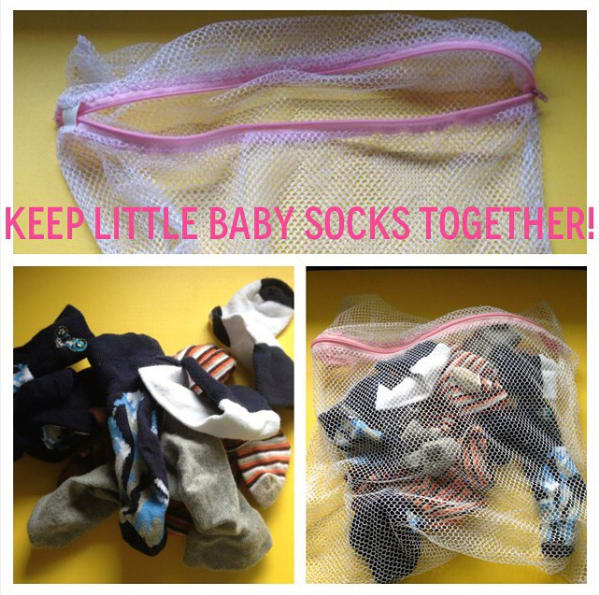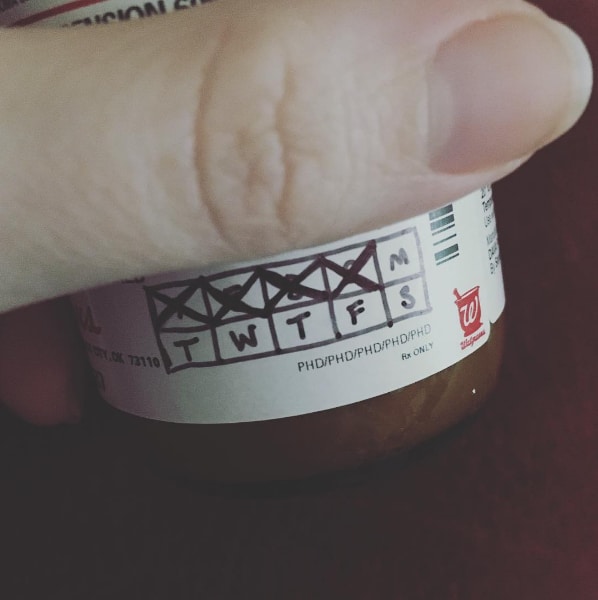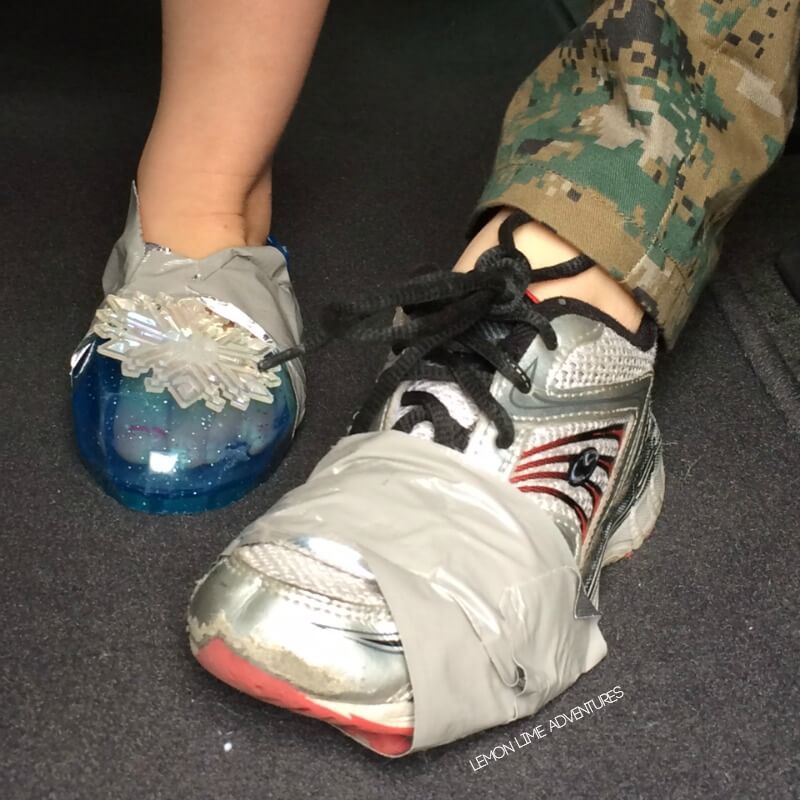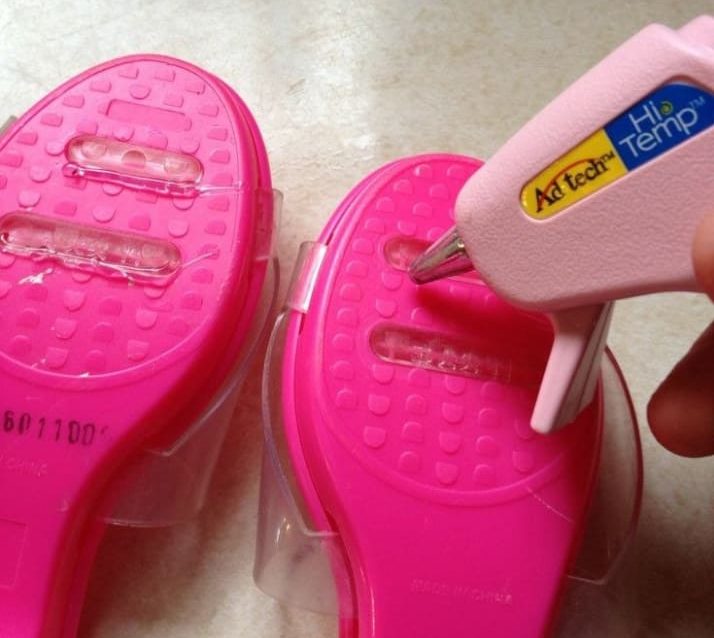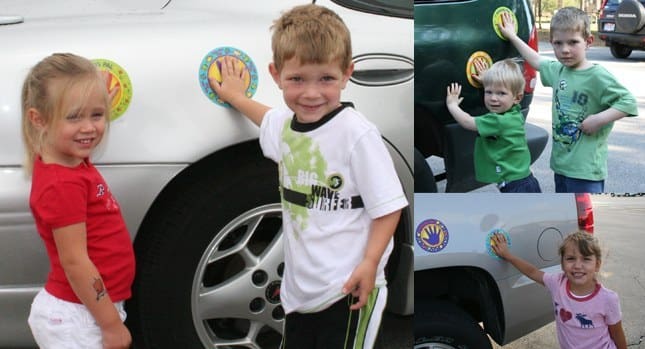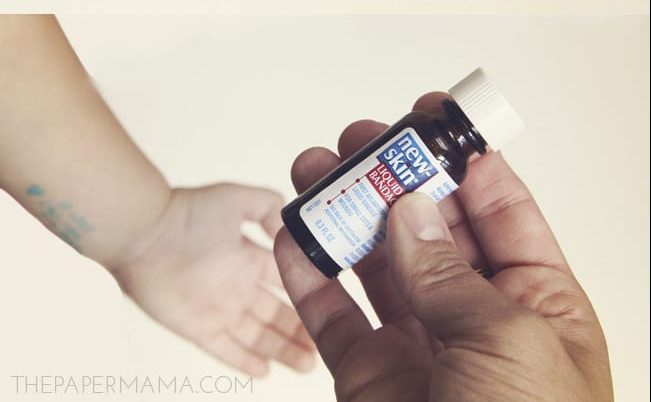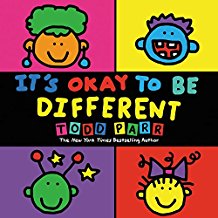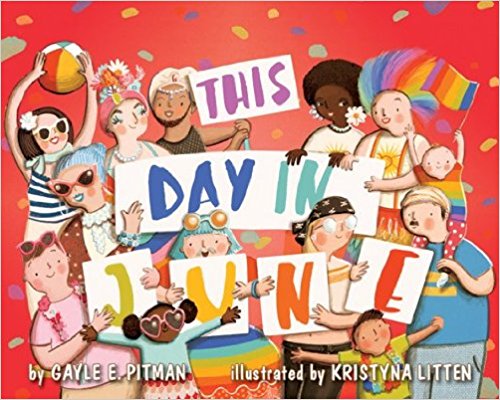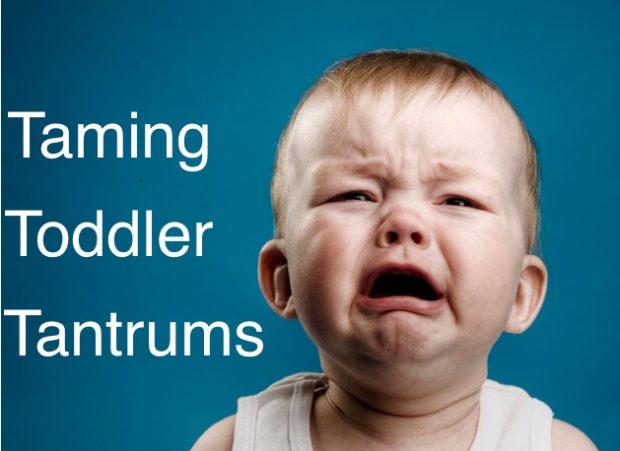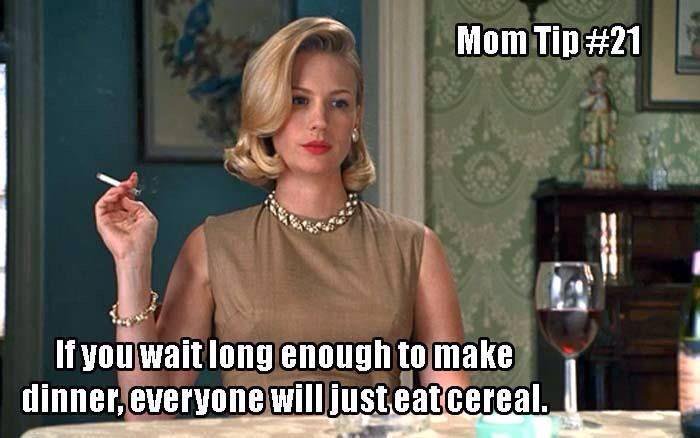
I know today is Halloween, but I’m already looking ahead to November, a month when we focus on family, food and, for some of us, on growing ugly mustaches. It’s also a great time to reflect on all of the good things in our lives.
Between all of the daily posts on social media, and the multitude of videos, articles, and books on the subject, it’s easy to feel like gratitude is just another trend, unworthy of your time and attention. This can be especially true if you’re feeling like some of your “friends” on Facebook are using the posts to humbly brag on their own lives and accomplishment (#blessed). However, there are many scientifically proven benefits to practicing gratitude that range from improving sleep to helping build relationships.
Even though I’ve read all of the research and know how helpful it is, I’ve always had a really tough time keeping up with a gratitude journal. It just feels too much like work to me.That’s why I decided to search for other ways to practice gratitude.
Take a look at seven ways to help you feel more grateful and balanced during this stressful, holiday season, without writing a single journal entry.
1.Meditate- Most of us don’t take time in our day to self-reflect. We’re so busy rushing from one task to the next, that we never stop to just be still. I recommend adding at least five minutes of meditation to each day. I love the Insight Timer app, which has dozens of guided meditations on the theme of gratitude. Taking just a few minutes to quiet our overworked brains can be so powerful!
2. Take a Pic- This idea came to me this morning, as I was rushing to take my big kids to school. I was not in a great mood as it was 7 am and I was awake, but when I pulled out of our driveway I saw the an almost full moon in the middle of a beautiful pink and orange sky. The beauty of that moment hit me with a wave of gratitude. If you have trouble coming up with gratitude lists after a long day, take pictures instead. If you can capture some of those grateful moments, it makes reflecting on them much easier.
3. Start a Gratitude Jar– Skip the pressure of the daily journal entry by keeping a gratitude jar this November. Add something to it whenever the mood strikes. Everyone in your family who is old enough to talk can contribute something to the jar. It could also be a way for family members to say thank you for the kind things you do for one another.
4. Play the Grateful Game– This idea, from Teach Beside Me, is another great way for the whole family to practice gratitude. If you played the game Pick Up Sticks as a kid, this is the same concept, except, when you pick up a stick, you have to say something you’re thankful for that matches that colored stick’s category. For example, if you pick up a red stick you have to name a person you’re thankful for, green sticks mean you need to share a food that you’re thankful for, and so on. If you can’t find the game, make your own with colored straws.

5. Have a Gratitude Storytime– These books are a great way to teach kids and adults alike about thankfulness:
- The Thankful Book- by Todd Parr– This fun book shows you that you can be thankful for things both big and small. Kids will love the silly illustrations.
- PAWS and THINK Series: Be Thankful for What You Have- by Miranda Mittleman– See the world through a dog’s eyes in this heartwarming story that teaches kids to appreciate the simple things.
- Thanks for Thanksgiving by Julie Markes– This beautifully illustrated book follows a family discussing all of the things they are thankful for. It includes a space at the back to record your own thankful thoughts.
- The Gratitude Diaries by Janice Kaplan– In this memoir, Kaplan spends a year living gratefully and documents the changes this made in her marriage, career and life in general.
- Almost Everything: Notes on Hope by Anne Lamott– In her newest book, Lamott helps readers discover the hope and wisdom within themselves, even at the darkest of times. It came out last week and I just bought it to listen to on Audible. Book club, anyone?
6. Put Gratitude Out Into the World– Instead of just writing about the people you’re thankful for, say thank you to them in a genuine and specific way, give compliments freely when someone does, says or wears something that brings you joy. Don’t keep those thoughts to yourself.
7. Give Back– It’s easy for all of us to be so focused on our own problems that we forget how much we have compared to so many: a place to live, food, water, free public education, etc. It’s especially important for us to teach our children who have luckily never known another way of life outside of their comfy beds, Friday night pizza dinners and screen time.
There is no better way to bring home this lesson than to help others in need:
- Host a holiday party or playdate to benefit Feed More. Here’s a list of their most needed items.
- Volunteer in Feed More’s Community Kitchen and put together healthy meals for hungry children and homebound adults in your own community.
- Organize a fundraiser for refugees.
- Create Giving Bags by filling gallon bags with gloves, socks, hand and foot warmers, water, snacks and dollar bills. Hand them out to homeless men and women in your community.
- Organize a drive for your local hospital: VCU Health is currently looking for chemo care kits, fleece blankets and waiting room kits for both kids and adults. All items should be new, except for books and magazines.
Bonus: My holiday survival advice, take it or leave it:
- If you’re spending too much time stressing this holiday season, it is truly worth it to take five minutes to just be alone with your thoughts. If no one in your family will give you five minutes of peace, like my crazy crew, go take the dog for a walk, hide in your car or lock yourself in the bathroom. They can survive without you!
- If you’re feeling less than and comparing yourself to everyone’s highlight reels on Facebook and Instagram, it’s also worth it to take a social media hiatus over the next few months.
- When it comes to holiday dinners, decor and gift giving, do whatever works best for you and your family, and leave the rest to the Pinterest overachievers. Remember that they are a small 1% of the population with too much time on their hands. We’re too busy being adults with many important things to do!
- Expressing gratitude shouldn’t feel like another chore on your already massive holiday to-do list. It should be something that builds closeness within your family and brings contentment within yourself. If it feels artificial to you, don’t do it.
- When all else fails, there really isn’t much that an enitre bottle of wine, a hot bath and a few hours of Bravo reality TV can’t fix. You’ll either A) forget your troubles, B) fall asleep C) feel more content with the drama in your own life, and possibly D) all the above. It’s basically fool-proof.
In the spirit of this post, thank you for taking the time to read my writing. Most of the time, like 99.9%, I have no idea what I’m doing, but writing things that may potentially help or entertain others brings me tons of joy.
Good luck this November! If your SO’s are considering celebrating Movember, extra good luck to you. I’ll cross my fingers that they look more Tom Selleck and less Michael Cera!

Oh HELL no.
♥ Erin







